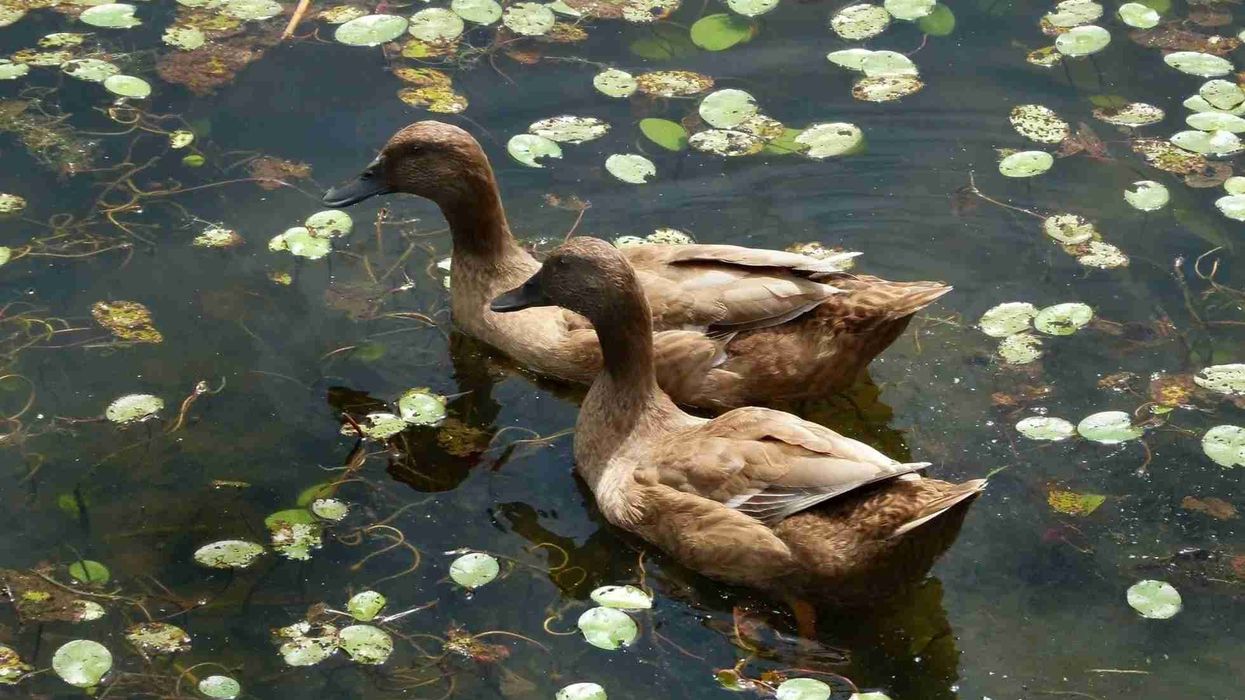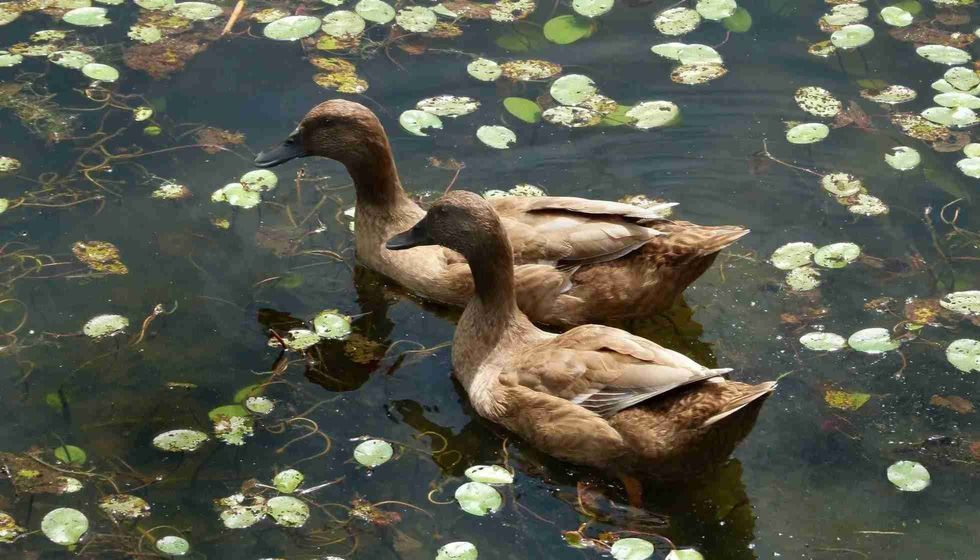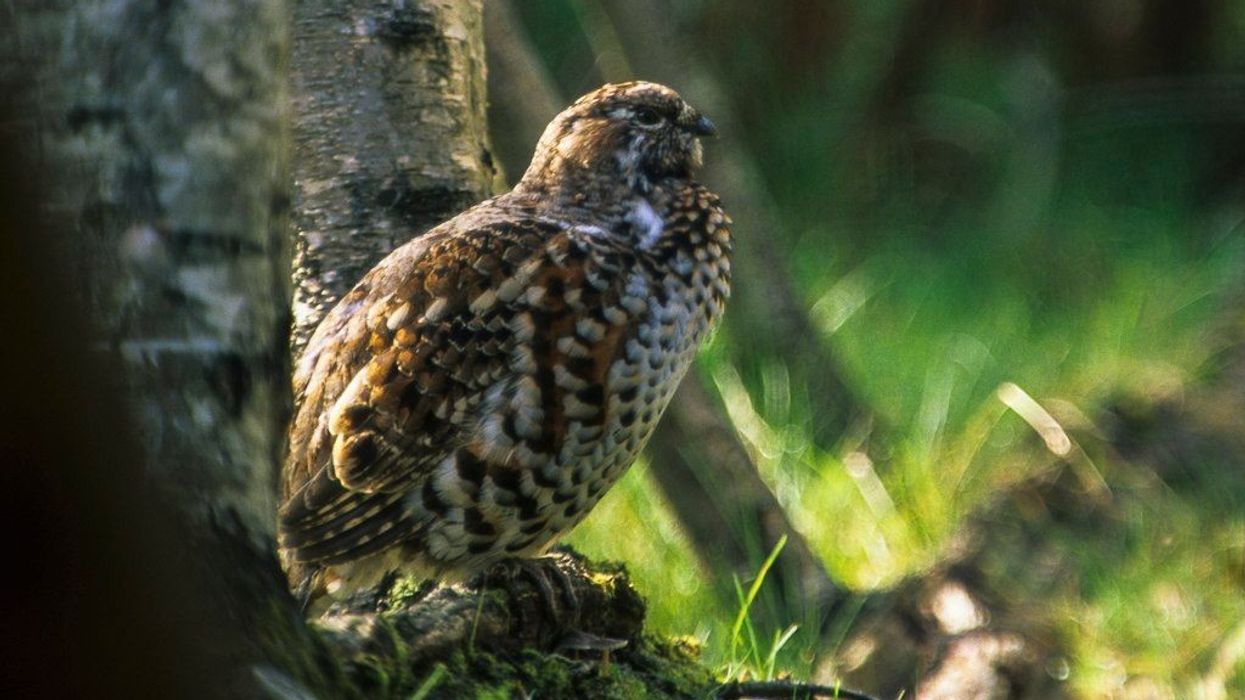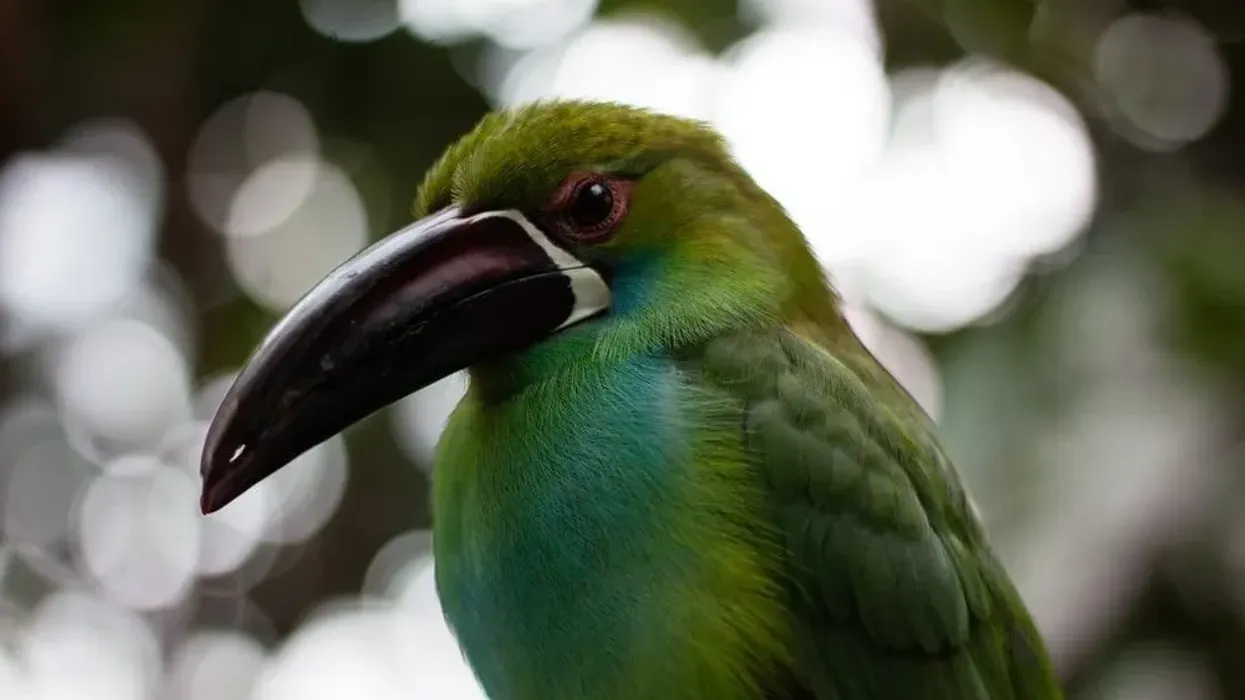The khaki Campbell duck is one of the most popular duck breeds, mostly because they are prolific egg layers and have a friendly temperament. The history of this duck breed dates back to the 20th century in Gloucestershire, England.
Adele Campbell, a poultry keeper, found it by crossbreeding an Indian runner duck and a wild duck or mallard breed. This initial cross was mated with penciled runner ducks for the khaki color and buff-colored feathers.
The khaki Campbell ducks were then introduced to the public in 1898 as a species with excellent egg-laying ability.
They were named so when Mrs. Adele Campbell noticed that the khaki plumage of the duck for similar to the British army uniforms. The khaki Campbell duck was approved by the American Poultry Association in 1941.
They are a medium-sized breed and have an average weight range of 2.8-4.8 lb (1.3-2.2 kgs). The weight of females is slightly lesser than male ducks. Khaki Campbell ducks have a green bill and dark orange feet.
The head, upper neck, and lower back are darker brown than the white body. Their neck is long and slender, with a clean-cut face and an upright posture.
Khaki Campbell ducks can lay about 300 eggs in a year. Ducklings hatch after 28 days of incubation and usually mature in seven months. If you enjoyed reading about this bird, check out torrent duck facts and harlequin duck facts.
Campbell Duck Interesting Facts
What type of animal is a Campbell duck?
Khaki Campbell is a domestic duck breed that was first found in Gloucestershire, England, in the 20th century by Adele Campbell by crossing white Indian runners, mallards, and penciled runner ducks for buff feathers. The khaki Campbell duck can easily be recognized by their green bill and brown or white plumage.
What class of animal does a Campbell duck belong to?
The Campbell duck belongs to class Aves from the Anas genus of the family of Anatidae. The scientific name of this breed is Anas platyrhynchos.
How many Campbell ducks are there in the world?
There is no data on the population and numbers of the khaki Campbells. As a popular domestic duck breed, we can only assume that the population of khaki Campbell ducks is stable or increasing, with no danger threatening their numbers.
Where does a Campbell duck live?
Khaki Campbell ducks live in the house of the owner who adopts them. They are a domestic duck breed and are not found in the wild.
What is a Campbell duck's habitat?
The khaki Campbell duck is a robust duck species that can handle all kinds of weather, provided their shed is well insulated. You don't require any particular habitat as such, but they would need enough space to move around as they are very active.
Khaki Campbell ducks also require wire fencing near their shed to make sure they don't get affected by diseases or attacked by domestic cats and dogs.
A small pond or a pool is also a plus point since khaki Campbell ducks enjoy swimming. Although you can still raise ducks without water, this may lead to infertile egg production.
Who do Campbell ducks live with?
Being social runs in the blood of ducks. Khaki Campbell ducks are no different from this fact. They prefer living in groups or families of their own species. If kept alone, the khaki Cambell duck might get depressed and lonely.
How long does a Campbell duck live?
The average lifespan of a khaki Campbell duck is about 10 to 15 years if properly taken care of.
How do they reproduce?
The khaki Campbell duck breed is an egg-laying species and has an average of 280 to 300 eggs per year. They don't have a particular breeding season as such, but their environment may affect the number of eggs laid per week.
The incubation period of khaki Campbell duck eggs can range from 23 to 28 days. These ducklings gain sexual maturity after seven months.
What is their conservation status?
The conservation status of this duck breed is Not Listed. This means that the average population number is unknown. However, as a very popular domestic duck species, the numbers of Khaki Campbell duck should be relatively stable.
Campbell Duck Fun Facts
What do Campbell ducks look like?

As the name suggests, the khaki Campbell duck is khaki or light brown and white plumage. They are a cross between the white Indian runner and the mallard ducks for the buff feathers.
Khaki Campbells are medium-sized, and the males have a darker brown head, neck, and tail. Female khaki Campbell ducks are light brown throughout, and both males, as well as female ducks, have brown feet and a green bill. The eyes are dark brown, and feet or legs can also be dark orange.
How cute are they?
They are very cute! The khaki Campbell duck has a unique plumage of light brown and white. These ducks are extremely friendly, active and make amazing pets for children or adults alike. You could call them a perfect mix of beauty as well as personality! Khaki Campbell ducks also have excellent egg-laying abilities.
How do they communicate?
Khaki Campbell ducks use sounds like quacking to communicate or when the mother is calling her young ones. In addition to quacking, they can also whistle, coo and grunt.
How big is a Campbell duck?
Khaki Campbells are medium-sized, and the average length is not calculated yet.
How fast can a Campbell duck run?
There is no data estimating the speed of this duck. They are heavy and cannot fly long distances.
How much does a Campbell duck weigh?
The average weight of this duck ranges from 2.8-4.8 lb (1.3-2.2 kgs). The weight of females is lesser than that of males. The duck eggs can weigh 2.5 oz (70.8 g).
What are the male and female names of the species?
The females are called hens, while the males are called drakes. A group of ducks is known as a brace.
What would you call a baby Campbell duck?
Baby Campbell ducks are called ducklings.
What do they eat?
Khaki Campbell ducks are omnivores and can eat insects, fish, oysters as well as specialized duck feed available on the market. The diet can be changed according to the owner, but a well-balanced nutritious diet is very important for healthy eggs.
A mixture containing wheat, rice, soybean, black sesame, and snail shell powder can also be given to the khaki Campbell duck. The main predators of this egg-laying animal are cats, red foxes, coyotes, mink, badgers, raccoons, gulls, corvids, or dogs.
Are they dangerous?
Khaki Campbell ducks are not dangerous at all. They are domestic ducks often kept in the houses of people who want to sell duck meat or eggs. The khaki Campbell duck is very friendly, lovable, and will get along with both children as well as adults.
Would they make a good pet?
Khaki Campbell ducks are one of the most popular domestic duck breeds as they are good egg layers. They do not get sick easily, are active, and can be very strong.
Other than that, these ducks are very friendly, gentle, or passive if raised properly and will come to love their owners.
Khaki Campbells can also lay a lot of eggs and have delicious meat, making them a profitable animal. Although they would require proper housing, a lot of space, and a lot of care, the efforts, in the end, are always worth it.
Did you know...
Khaki Campbell ducks can lay more duck eggs than most other breeds, even more than the chicken!
How many years do Khaki Campbell ducks lay eggs?
Khaki Campbell ducklings first gain maturity after six or seven months of age. They can lay 280-300 eggs per year, and the average lifespan can be 10-15 years if properly taken care of.
While egg laying may decrease in the latter years of its life, they can lay eggs when in the prime of their health.
They can lay a lot of eggs in the first two to three years of their life, and the slowing begins after that. This duck breed can still lay eggs for up to five years.
Are Campbell ducks noisy?
Campbell ducks are not very noisy and are definitely on the quieter side of the duck breed. They have soft calls and may do not even quack.
Here at Kidadl, we have carefully created lots of interesting family-friendly animal facts for everyone to discover! Learn more about some other birds from our pelican facts and parrot facts pages.
You can even occupy yourself at home by coloring in one of our free printable campbell duck coloring pages.









